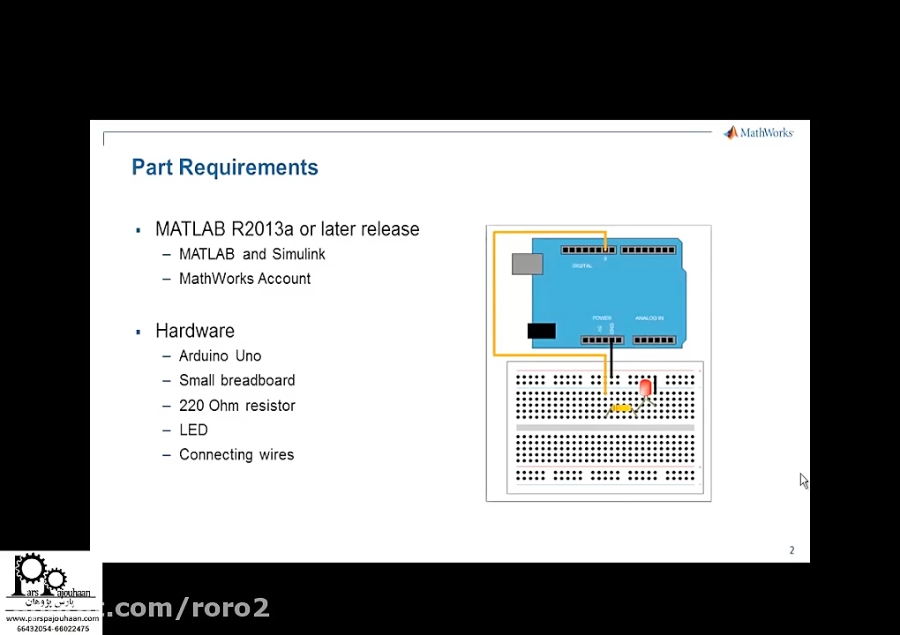

l_slsp_wrapper.cpp cc1plus.exe: warning: command line option "-Wstrict-prototypes" is valid for Ada/C/ObjC but not for C++ Notice that the jumpers to the upper-right in the picture are the "cheaper" ones, and they have smaller diameter wires which fit very nicely into the square Futaba trainer jack, so I highly recommend you use those when actually plugging into the jack.The call to realtime_make_rtw_hook, during the after_make hook generated the following error: The build failed with the following message: "C:/MATLAB/Targets/R2012b/arduino-1.0/hardware/tools/avr/bin/avr-gcc" -I"C:/Users/Alpha/Documents/MATLAB/AStepper_rtt" -I"C:/Users/Alpha/Documents/MATLAB" -I"C:/Program Files/MATLAB/R2012b/extern/include" -I"C:/Program Files/MATLAB/R2012b/simulink/include" -I"C:/Program Files/MATLAB/R2012b/rtw/c/src" -I"C:/Program Files/MATLAB/R2012b/rtw/c/src/ext_mode/common" -I"C:/Program Files/MATLAB/R2012b/rtw/c/ert" -I"C:/MATLAB/Targets/R2012b/arduino-1.0/hardware/arduino/cores/arduino" -I"C:/MATLAB/Targets/R2012b/arduino-1.0/hardware/arduino/variants/standard" -I"C:/MATLAB/Targets/R2012b/arduino/include" -I"C:/MATLAB/Targets/R2012b/arduino-1.0/libraries/Servo" -mmcu=atmega328p -std=gnu99 -Wall -Wstrict-prototypes -gstabs -Os -D"MODEL=AStepper" -D"NUMST=1" -D"NCSTATES=0" -D"HAVESTDIO=" -D"ONESTEPFCN=0" -D"TERMFCN=1" -D"MAT_FILE=0" -D"MULTI_INSTANCE_CODE=0" -D"INTEGER_CODE=0" -D"MT=0" -D"CLASSIC_INTERFACE=0" -D"TID01EQ=0" -D"F_CPU=16000000" -D"_RUNONTARGETHARDWARE_BUILD_=" -D"_RTT_NUMSERVOS_=0" -c -x none. In the photo of the jumper cables, I am simply showing the various jumpers I'm using to get a line long enough to easily reach the Arduino while still giving the transmitter plenty of slack to work with. I have the resistor in the breadboard next to the Arduino nano. The resistor will protect against mistakes (ex: accidentally touching the wire to a high voltage), while letting the PPM signal pass through freely.

On the Futaba radios, however, the pin 1 always outputs the PPM signal.įor safety, to protect against accidentally touching the wrong pin to the wrong place, I recommend running the PPM signal THROUGH a 1k resistor and then into the Arduino D2 pin. Note that on the Spektrum/JR radios, the PPM signal is only OUT if the Transmitter power switch is in the OFF position, and the trainer cord is plugged in. You need to know where the PPM_out signal is, and where the Ground is.įor my setup, I am using the Futaba square trainer plug, which has pin 1, per the diagram above, as the PPM output (labeled "signal") and pin 2 as the ground (labeled "GND").įor a Spektrum or JR-brand radio, which uses the simple 3.5mm mono audio jack as the trainer port, the tip of the plug is the PPM out, and the base is Ground. You can find a nice description of trainer port pinouts here.
#MATLAB R2013A ARDUINO FREE#
Note: due to the fact that MATLAB is expensive & highly proprietary, I do plan on eventually porting this to a free programming environment such as FreeMat (a free, open-source MATLAB clone) or Processing (a Java "wrapper" originally meant for beginners just getting into coding), for all to use!įirst, find out what the pinout is for your particular radio.
#MATLAB R2013A ARDUINO CODE#
Next, I'll briefly explain how you can download my code and get this to work yourself, assuming you have access to MATLAB of course.

If you like this article, please add it to your Favorites.īefore you continue, be sure you've watched my video above! It explains & shows this demo pretty well.
#MATLAB R2013A ARDUINO HOW TO#
Though I have gone way beyond the examples I have seen, they were key in helping me know how to get started, especially in making Arduino & MATLAB communicate via serial. I would also like to note that I am greatly indebted to many individuals online who have previously posted little snippets of info, or brief example codes, which have been so instrumental in helping me to get the Arduino talking to MATLAB. The YouTube demo video is posted above, and the direct link to it is here. I think this is very useful, and can help out a lot of people wondering how to interface Arduino & MATLAB, so I am posting it here on Instructables for your benefit. I have created a program, using an Arduino, to do live data acquisition and plotting directly into MATLAB.


 0 kommentar(er)
0 kommentar(er)
